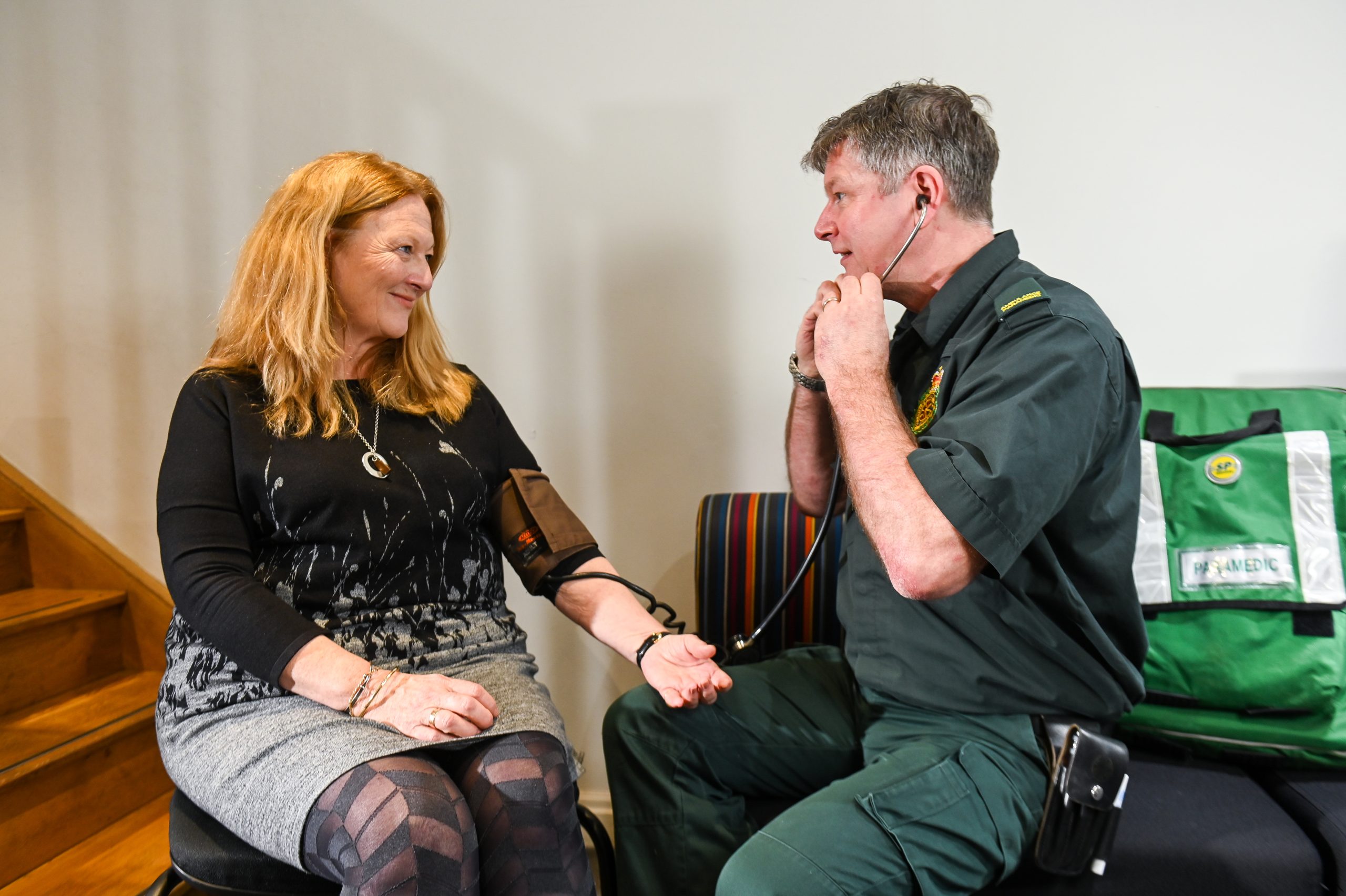
Daphne Franks, our Simulated Patient Trainer and experienced SP herself, explains the crucial differences between Simulated Patients and volunteer patients and their impact on medical students’ learning:
It’s a rainy August. The summer Medical School examinations have finished and the new academic year is about to begin. Thousands of keen and nervous new medical students will soon start their training.
I’ve taught student doctors for many years and I love them. They are so committed – they’ve had to be to get there. They are ferociously clever and they work incredibly hard. As soon as they can see the value of what I’m trying to teach, they have instantly “got it” and start using it. They are also very funny and – perhaps contrary to popular belief – very few of them are arrogant: they are full of self-deprecating humour about how scared they are and how they’ll never manage to learn everything they need to know.
They will be our next generation of doctors. They are paying a fortune in fees. They deserve the best training, and I think that means working with the best Simulated Patients. Simulated Patients are now a key part of the students’ training, because most medical schools have understood that it’s vital for students to practise their consultation skills. Students talk to real patients too, of course, when they’re on placement in hospitals and general practice.
A Simulated Patient (usually abbreviated to SP) is someone – often a trained actor, but not always – who plays the role of a patient for the training and assessment of doctors and of many other professionals who work with patients. Nurses, dentists, pharmacists, for example.
Sometimes, however, after all these years, I still meet people who don’t see why Simulated Patients should be firstly, trained and secondly, paid.
“We just use some retired people who fancy having a go,” I was told earlier this year. “They’re all volunteers. No, there’s no training. We give them sandwiches, though.”
Then she paused for a second.
“Actually, some aren’t very good.”
I wanted to say something really sarcastic, such as “And do you have volunteers teaching orthopaedic surgery, then? Surely it’s just mending the occasional bone, how hard can it be?” Instead I smiled weakly, and said nothing.
I want to be very clear that I think it’s great that medical schools invite REAL patients to come and be interviewed or examined by the students. Students need to talk to people with asthma, or diabetes, or multiple sclerosis, or cancer. The patients generally enjoy it and feel that, in what’s often a horribly difficult time for them, they are contributing to society.
However, if you are teaching someone how to break bad news, or the basics of how to take a medical history, or how to talk with a patient who’s really upset, then you need a Simulated Patient, because the student will then be in a place where it’s safe to try things out. SPs may seem very distressed in role, and it will feel very real to the students, but the SPs will be able to come out of role and show the student that they were acting. “No Simulated Patients will be harmed in the making of this tutorial” is something I say from time to time. The students laugh, but they are grateful that, in this situation at least, their mistakes won’t matter.
Trained, experienced Simulated Patients will be consistent in their delivery of the role – vital in exams where dozens of students need to talk to the same patient doing the same task. They will be well-prepared and know every detail of their character. If asked something that’s not in the brief, such as “Do you have any pets?” they will know that the answer is “No”, in case it alters the health issues behind the scenario.
In teaching sessions, Simulated Patients will be able to give constructive, supportive feedback. In contrast, untrained volunteers can cause severe long-term damage to students’ confidence. “You were terrible.”
Also, trained and properly paid Simulated Patients will be carefully chosen to reflect the tremendous variety of ages and ethnicities that the students will encounter in their careers.
So – – how important is good communication to a doctor? I’d argue that it’s crucial. If it’s crucial, therefore, then all those involved in teaching it should be trained to a professional standard. If they are not, then the clear message to students is that communication doesn’t matter.
That old cliché – “he’s a really good doctor, but he just can’t talk to people” is simply not true. If he can’t talk – and, just as importantly, listen – to people, he is not a good doctor. The “core skills” (formerly known as “soft skills”) and the clinical skills complement each other, and students should have the best professional training for both.
By Daphne Franks, Training & Development at Peel Roleplay
